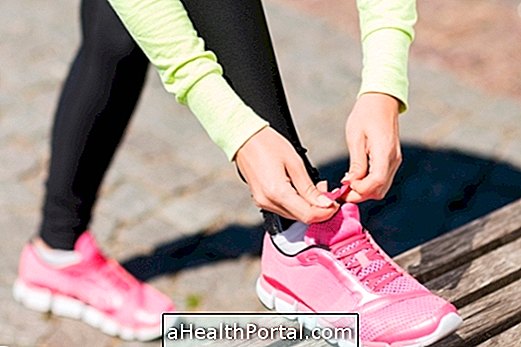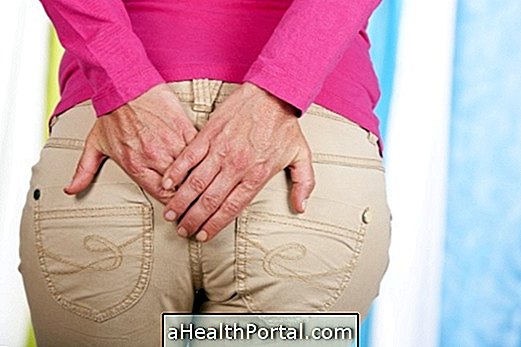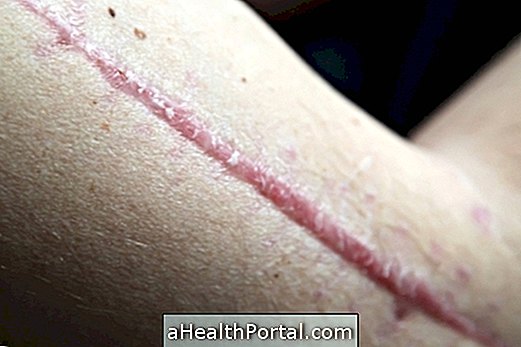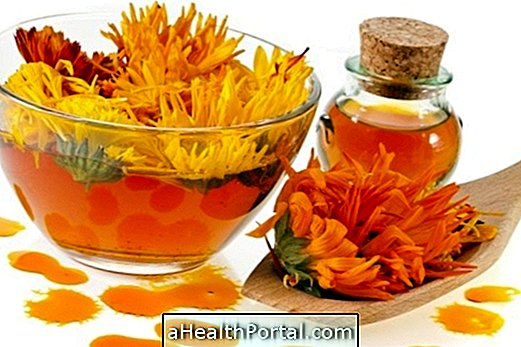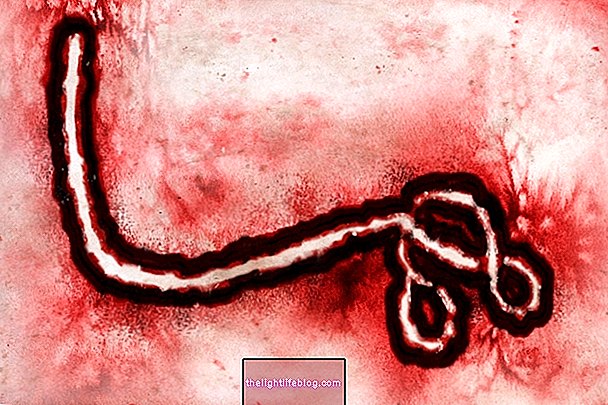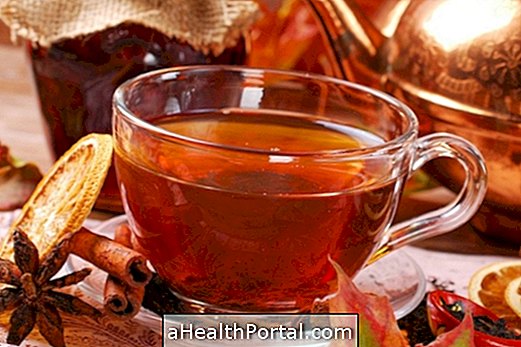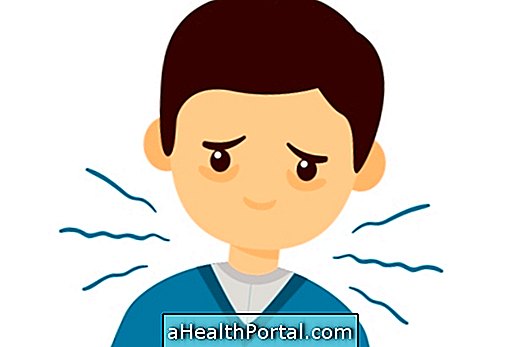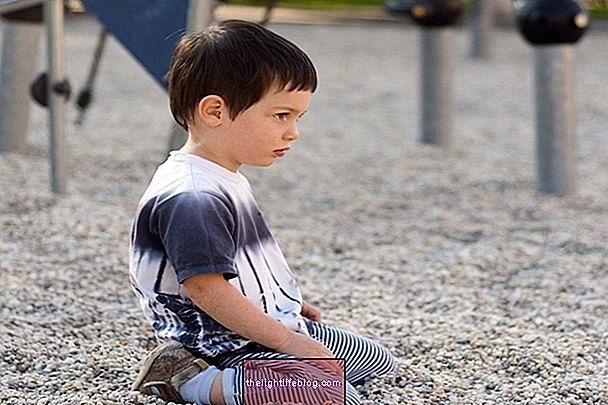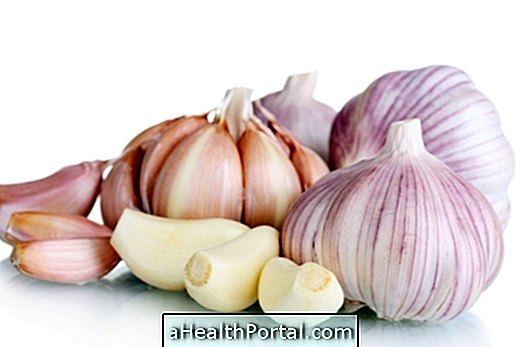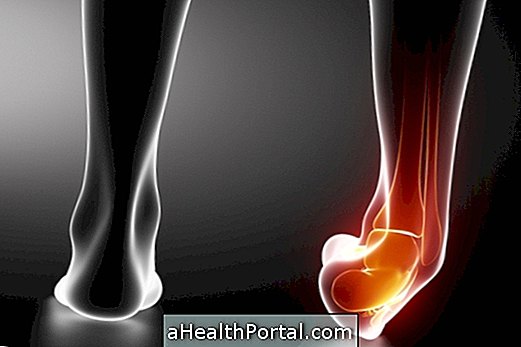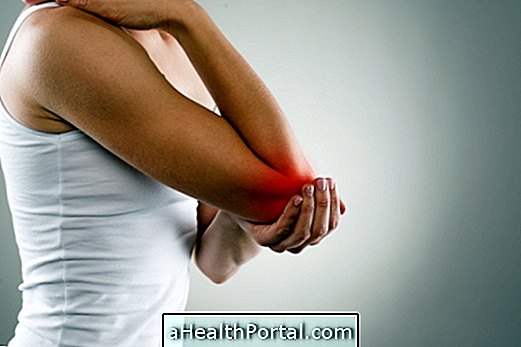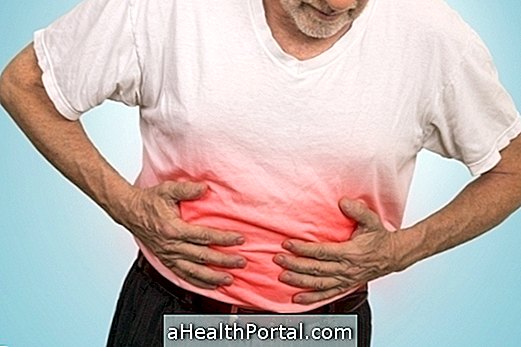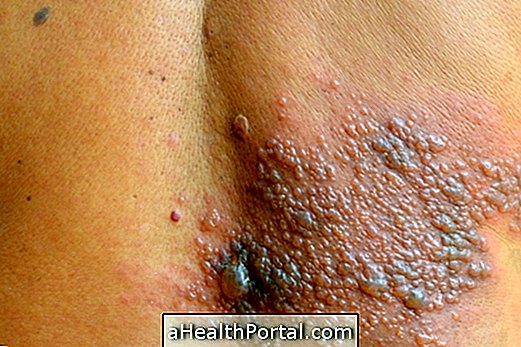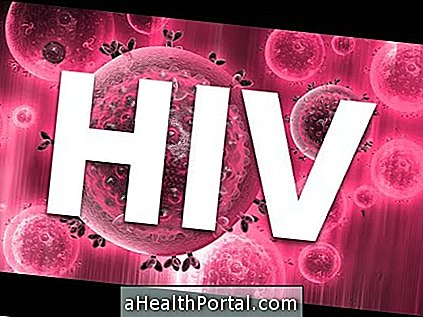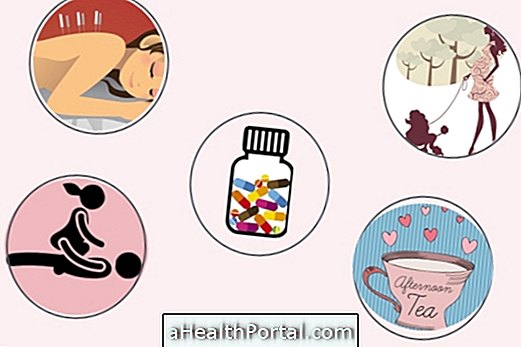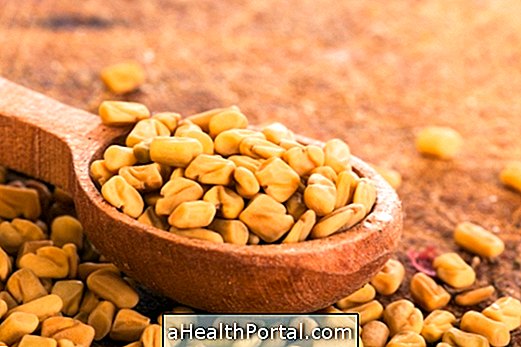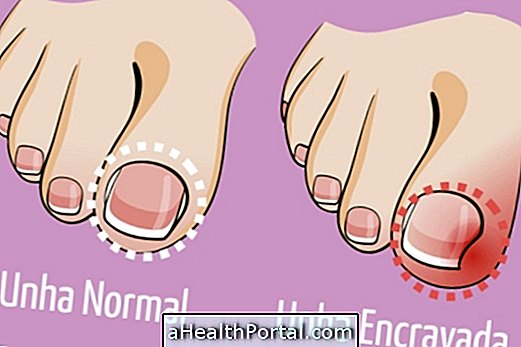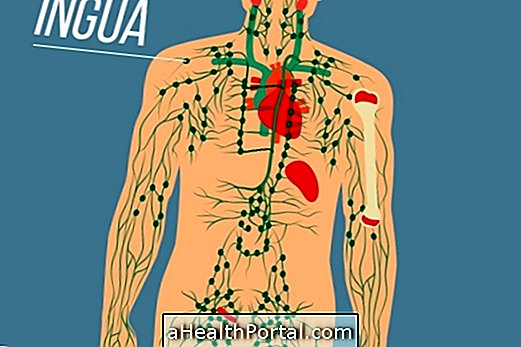To decrease the pain and swelling of the joints caused by Chikungunya one should follow the treatment indicated by the doctor which may include the use of Paracetamol, cold compresses and drink many liquids like water, tea and coconut water.
Chikungunya is not a serious disease and usually has a rapid cure, just as it does in dengue, but in some people treatment may be prolonged, but rarely this disease leads to death.
How Long to Cure Chikungunya
Usually, the treatment lasts between 7 to 30 days, but joint pain may last for more than 1 year, in which case it is necessary to have physiotherapy. And rest during the acute phase in the first 10 days of the disease is very important because it seems to prevent complications and that Chikungunya persists for so long.
Remedies for Chikungunya

The most indicated remedies are Paracetamol or Dipirone to control pain in muscles and joints, however others such as tramadol hydrochloride and codeine may be indicated when the former are not sufficient to relieve the symptoms.
The doctor may initially recommend using a combination of Paracetamol and Codeine to relieve pain, as it is a stronger analgesic and tramadol may be used in the latter case, but should be used with caution by the elderly and people who have had seizures or diseases in the liver or kidneys.
Just as in dengue the medicines that should not be used are aspirin and anti-inflammatories like ibuprofen, diclofenac, nimesulide and acetylsalicylic acid, as well as corticosteroids.
Home treatment

Some care to treat the specific symptoms of Chikungunya are:
- High fever: put a cold compress on the forehead, avoid excess clothing, drink tea from the lungs;
- Joint pain: apply cold compresses, with chamomile essential oil, over the sore joint, drink willow infusion 3 times a day;
- Nausea and vomiting: drink ginger tea during the day and suck lemon popsicle;
- Diarrhea: drink rice water, eat cooked food easily digested, such as fruit, rice or chicken.
A good tip, in addition to the above mentioned care, is to make a diet rich in vitamin C, increasing the consumption of fruits like orange, lemon, pineapple or strawberry, to strengthen the immune system and accelerate recovery.
Here are some juices and teas that can help decrease joint pain:
- Home remedy for joint inflammation
- Pineapple juice for joint pains
Treatment for chronic Chikungunya
It may include the use of corticosteroid medicines such as prednisone for up to 21 days at the dose recommended by your doctor. This medication, however, can not be used in case of diseases such as diabetes, uncontrolled hypertension, osteoporosis, bipolar disorder, chronic renal failure in case of dialysis, Cushing's syndrome, obesity and heart problems.
Physiotherapy can be very useful for controlling symptoms and improving joint movement. The use of devices and exercises recommended by the physiotherapist is recommended. At home the person can perform daily stretches, avoiding long walks and many efforts. Cold compresses are best indicated and can be used for 20 minutes to decrease joint pain.
Signs of improvement
Signs of improvement arise when the body is able to eliminate the virus and include a decrease in symptoms.
In some cases, fatigue and joint pain and swelling may continue after healing, and the general practitioner may recommend physical therapy sessions to help decrease discomfort.
Signs of worsening
When treatment is not done properly, or the immune system is weakened, signs of worsening such as a fever over 38 ° for more than 3 days and worsening of joint pain, leading to arthritis, may persist for months.
In very rare cases Chikungunya can be fatal. In that case the disease can cause myositis, an inflammation of the muscles, which can even lead to death because the immune system begins to attack the muscles of the body. Symptoms may begin to manifest about 3 weeks after the diagnosis of the disease.
Complications and warning signs to return to the doctor
It is important to return to the doctor when treatment is started, the fever is present for 5 days or if other symptoms appear that can indicate complications such as bleeding, seizures, fainting, chest pain and frequent vomiting. In these cases the person may have to be hospitalized for appropriate treatment.

